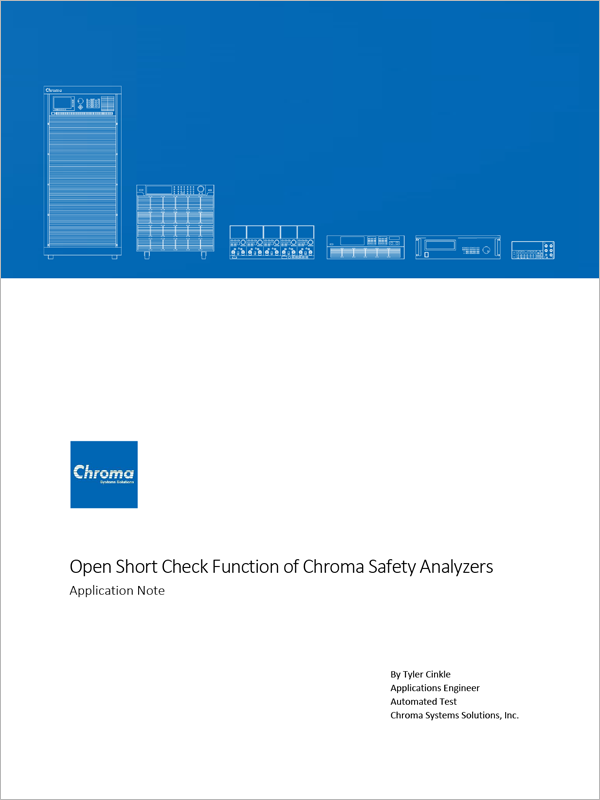Electrical Safety Testing: Types of Tests
Compliance Tests
Product safety standards contain three primary sets of safety compliance test requirements: (1) constructional specifications related to parts and the methods of assembling, securing, and enclosing the device and its associated components, (2) performance specifications or “type tests” – the actual electrical and mechanical tests to which the test device sample is subjected, and (3) production line tests which are required on all products.
The following tests are generally a subset of the performance test. The test methods and the pass/fail limits were established as a basis of providing a margin of safety in cases of misuse and expected single fault component failures.
